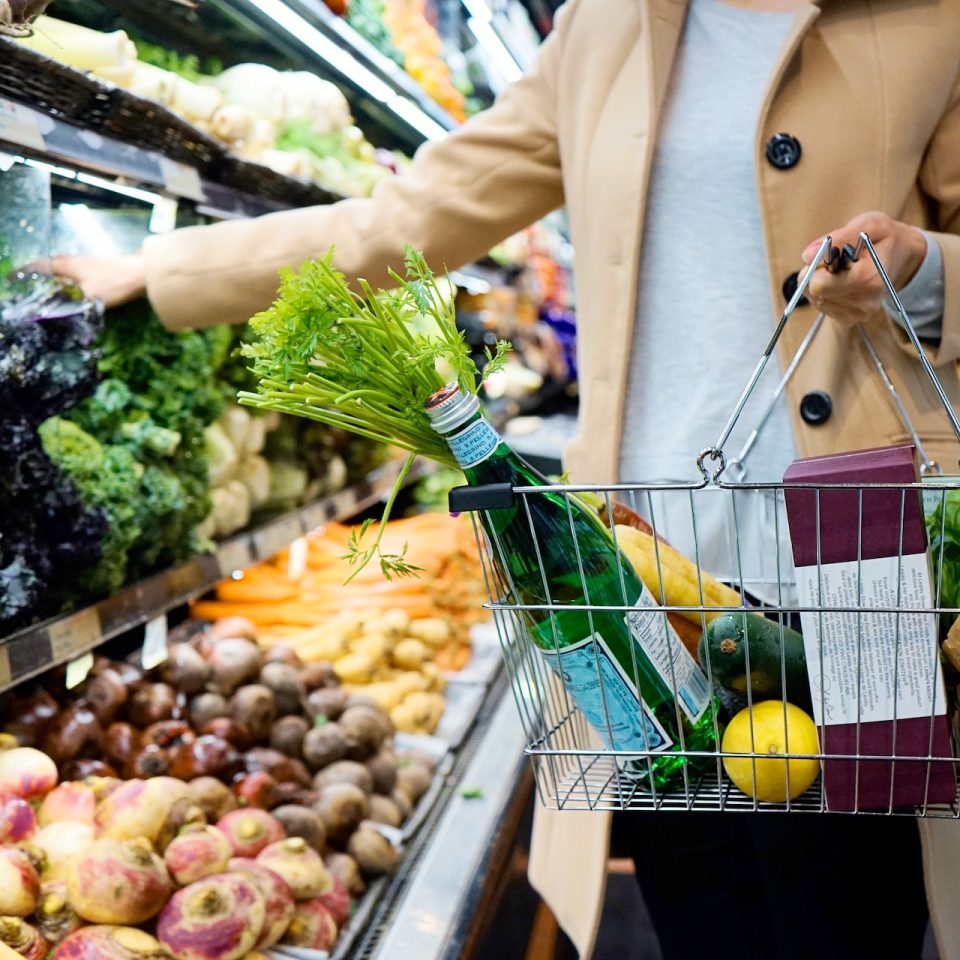Shoppers across America may have noticed a marginal uptick in their grocery bills last month, as the latest data from the Bureau of Labor Statistics (BLS) reveals a 0.2% month-over-month increase in supermarket prices in August. Despite this modest hike, food costs at home remained relatively steady compared to July when prices surged by 3.6%. The August Consumer Price Index (CPI) released by the BLS indicates that food prices have risen by 3.0% compared to the same period last year, signaling a slower pace of inflation in the grocery sector.
Overall, consumer prices experienced a 3.7% increase year-over-year in August, driven by elevated energy prices, which have contributed to an ongoing surge in inflation.
The retail giant Walmart, the nation’s largest grocery chain, anticipates a gradual easing of food inflation, although it may take some time for prices to return to their levels from two years ago.
“Inflation and higher prices are kind of with us,” remarked Walmart CEO Doug McMillon at the Goldman Sachs Global Consumer Conference in New York City. “We’ll see disinflation but not all the way back to deflation. … Certainly not in the short term.”
Among the key contributors to the month-over-month food inflation, the category of meats, poultry, fish, and eggs experienced the most significant price surge, with a 0.8% increase on a seasonally adjusted basis. BLS economist Steve Reed noted, “Pork saw the biggest increase since November 2021, with meat prices across the board — beef, pork, poultry — showing notable increases.”
Pork prices rose by 2.2% in August, while bacon prices soared by approximately 4%, and chicken prices increased by 2.1%.
In addition to meat, other grocery items that registered price hikes include fresh biscuits, rolls, and muffins (2.7% increase), shelf-stable fish and seafood (up roughly 2%), salad dressing (up 2.1%), and sugar and sweets, which saw a 0.6% uptick in anticipation of Halloween.
Looking ahead, the resurgence of higher gas prices could impact grocery prices once again. Reed suggested, “It’s reasonable to think that some of the higher gas fuel costs could be having some effect on pricing,” though he does not anticipate a prolonged impact.
Egg prices, on the other hand, continued their downward trajectory, dropping 2.5% last month and marking an 18.2% decrease compared to the same period a year ago. Currently, a dozen large Grade A eggs fetch an average price of $2.04.
According to Kevin Bergquist of Wells Fargo, egg prices are likely to remain relatively stable, though he cautioned, “If producers can push through recent price increases to grocers and this data is captured in the next CPI report, we might see a slight egg price increase, with ‘slight’ being the keyword.”
Trey Braswell, president of Braswell Family Farms, echoed the sentiment of stability in egg prices, as long as COVID restrictions do not return and the poultry population remains healthy.
However, there is good news on the horizon regarding avian flu. The highly contagious disease that impacted poultry flocks and caused prices to surge by 70% in January seems to be receding. Bergquist stated, “The outlook for North America is cautiously optimistic,” while acknowledging that another outbreak in 2024 remains a possibility.
Furthermore, an anticipated increase in baking activities during the fall and winter months could contribute to a rise in egg prices. Bergquist explained, “October marks the start of the holiday baking season when egg prices historically begin to increase.”
As consumers continue to navigate the complex landscape of fluctuating grocery prices, the evolution of food inflation remains a focal point for economists, retailers, and households across the country. While some stability is anticipated, the ever-changing dynamics of the market ensure that vigilance in tracking these trends remains a crucial aspect of managing household budgets.
Source: Yahoo Finance

